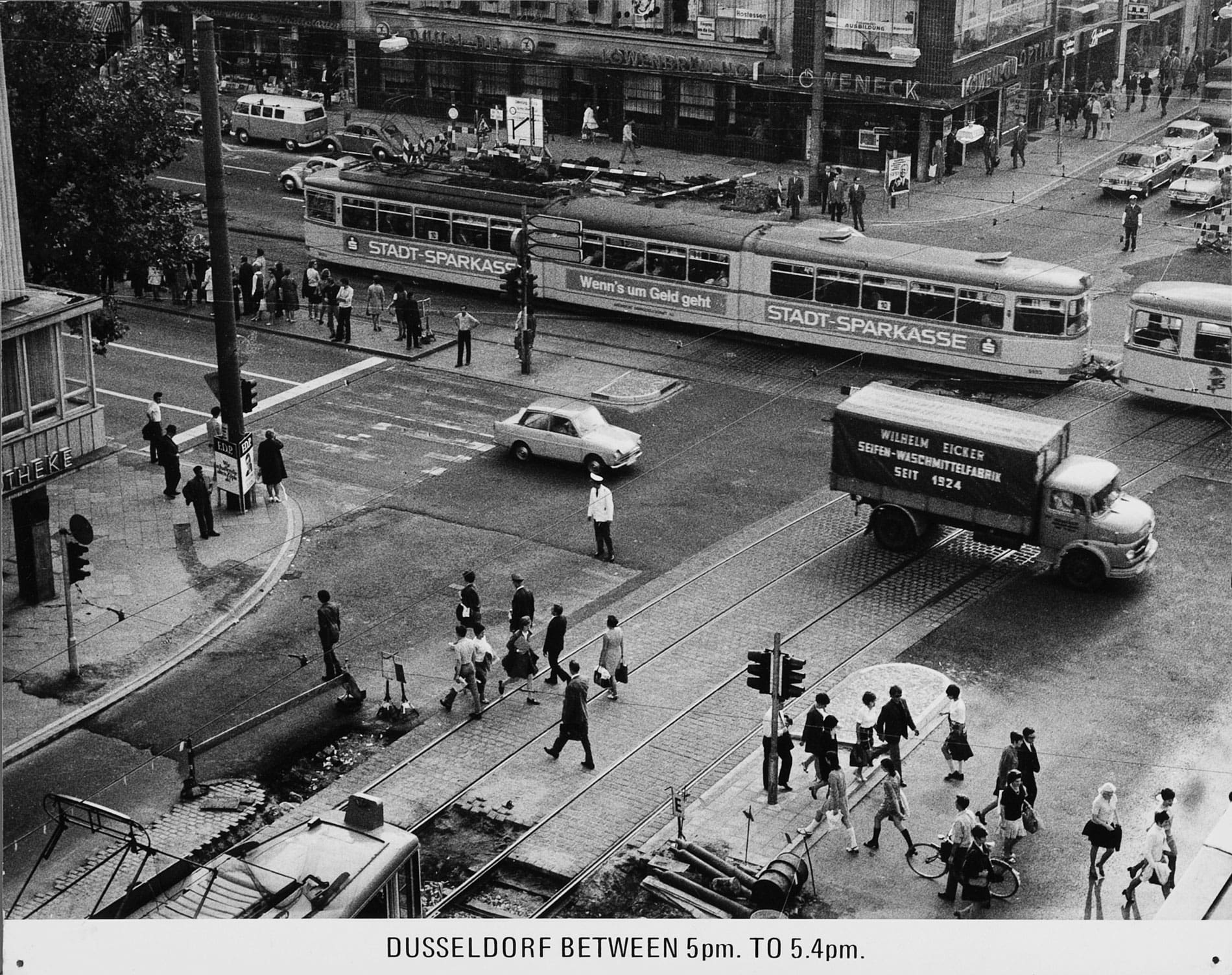ABOUT
The Summer that Never Was
(Videos from the CIAC Collection)
The year 1816 was characterized by prolonged severe weather conditions that lasted for several seasons, sinking a significant portion of the planet into an endless winter of poor harvests, epidemics, and a variety of environmental and social catastrophes. Historically known as the Year Without a Summer, it was not until the 1970s that top scientists confirmed that the reason behind this meteorological paradigm was the eruption of Mount Tambora in Indonesia in April 1815, when millions of ash particles mixed with gasses blocked out the sun, causing the average temperature to drop to 37 ºF. The socio-economic collapse and deceleration of life caused by this inclement weather helped us rethink methods of food production and storage while at the same time, new public health programs were furthered. Paradoxically, the darkness and cold gave free rein to the imagination of authors and poets in the Northern Hemisphere, spawning the literary works and tales of the Romantic movement.
The summer of 1816 acted as a brief parenthesis during which contrasting socio-cultural beliefs and meanings regarding the concept of time could be compared, forming a yardstick of sorts that could be used to observe the rhythms of nature in counterbalance with the hyper-acceleration of the modern world. The videos presented in this exhibition engage with the concept of time as momentum, hypnotic trance, circumstance, and vital unity in contrast with historical theory or the linear course of events. They fantasize about the way events are perceived, proposing a world that may be explained through timelessness.
This exhibition takes on the task of surveying the CIAC film archive, hence, all of the artworks presented here are videos. Their language is, perhaps, that of the motion picture, in which the associative relationship between temporal planes grants us passage into interstitial realms and unknown meanings. Thus, the artists featured here play with real time while employing cinematographic disassembly in order to create forms of illusion that otherwise, would go unnoticed. These are works that fluctuate between a vision of time characteristic of Western culture—spearheaded by the concept of progress, where temporal momentum is the future, the ends that drive us to act, or the goals we seek, no matter what the cost—and an impulse that overlaps tradition—where the center of gravity is not tomorrow, but the past; a form of ritual memory whereby the guidelines of what has taken place may be traced as repetition and origin—; a non-linear time that becomes an ellipse that as it unfolds, allows us to remain on pause and reflect.















































